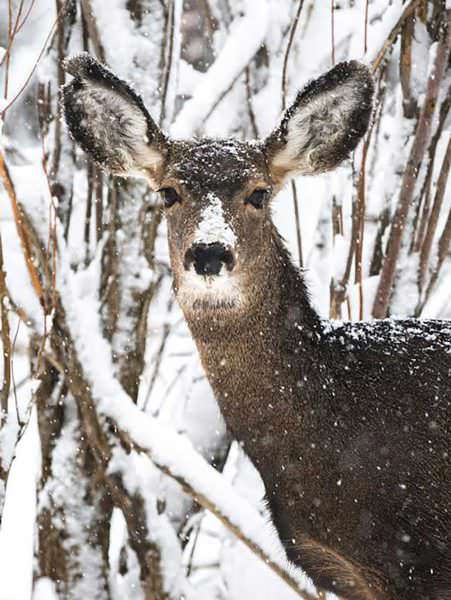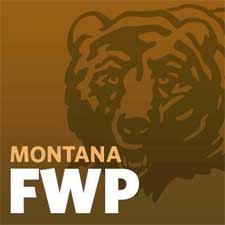
USA -(Ammoland.com)- Montana Fish, Wildlife and Parks’ Havre hunter check station has been operating for five weeks so far for the 2017 hunting season. Mule deer harvest has been high compared to previous years, and most big game species and upland birds have been slightly down.
Over the five weeks the check station has been open, overall hunter numbers are down 7 percent from last year and are 6 percent below the long-term average.
“Muddy, wet weather conditions the first weekend the check station opened may have contributed to the reduction in hunters, and adverse weather conditions the last (fifth) weekend likely lead to less hunters being out in the field” said Havre-area biologist Scott Hemmer, who manages the check station.
Mule deer populations have rebounded in most areas, which has been reflected in the increased harvest, and hunters have consistently indicated they are seeing more deer.
Mule deer harvest to date is up 37 percent from last year and 5 percent above the long-term average.
“We are still seeing more mule deer brought through the station, and hunters are often commenting on the abundant mule deer they see while out hunting,” said Hemmer. “Hunters have also reported seeing more white-tailed deer this year,” continued Hemmer, “But this has not been reflected in the harvest so far.”
For the year, 28 white-tails have been brought by the check station, which is 40 percent less than last year, and 55 percent less than the long-term average.
Antelope harvest this year is down slightly, with 81 antelope being checked since general antelope season opened. This has been a 9 percent decrease from 2016, but still 72 percent below the long-term average. Hemmer notes that part of the reason for the lower long-term antelope harvest numbers has been the reduction of permits since the 2010-11 winter.
“Hunters have reported seeing an increase in antelope numbers compared to the last few years, and that is further indication of populations increasing,” said Hemmer. “Across the region, in response to steadily climbing antelope numbers, we have made more permits available in some hunting districts this year due to increasing populations.”
Elk harvest for the first five weeks is at 27 elk, which is slightly above the long-term average.
For upland birds over the five weeks that the check station has been open, the pheasant harvest of 378 birds is below last year (-36 percent) and the long-term average (-49 percent). Sharp-tailed grouse harvest of 51 birds and Hungarian partridge harvest of 27 birds were both down from last year and below the long-term average. Eleven ducks have been brought through the check station.
“The extreme drought conditions this year appear to have affected upland bird brood survival, which can be seen in the lower percentage of juvenile birds in the harvest,” said Hemmer. “Some bird hunters have still reported seeing good bird numbers in areas with good habitat, but overall hunter success has been lower this year.”
Please remember that all hunters are required by law to stop as directed at all designated check stations on their way to and from hunting, even if they have no game to be checked.
Biologists gather a lot of valuable information and biological data on game animals brought through check stations, and FWP appreciates all hunters’ cooperation in this effort.

